Marie LeBlanc’s video “The End of the End of Time” has been launched here May 12, 2022 to mark Multiple Chemical Sensitivity/Environmental Sensitivities Awareness Day:
The current exhibition is also available to be viewed at AANM’s Facebook events: https://www.facebook.com/events/702697280927871
Click on the “Discussion” tab to take part in the show.
Please ignore any message stating the event is closed. It will be active beyond May 12.
Marie is looking forward to seeing your comments.
BIO
Marie LeBlanc is a self-taught multidisciplinary artist. Originally from Northern Manitoba, she lived in Winnipeg before recently relocating to Alberta. Living with Environmental Illness means that for LeBlanc, the toxicities of indoor housing have become intolerable due to Multiple Chemical Sensitivity (MCS), Electromagnetic Hypersensitivity and Toxic Mold Exposure. To ease her symptoms, she travels to the U.S. desert in the winter months in a cargo van adapted for safe housing. LeBlanc has taken on a seasonally nomadic lifestyle, following the warm weather patterns that enable her to be outdoors.
ARTIST STATEMENT
Marie LeBlanc’s photography highlights humanity’s relationship to nature in a world threatened by pollution and climate change. As a person with Multiple Chemical Sensitivity, Marie uses art to explore how she, like so many of us, is adversely impacted by the unnatural in the natural environment. Unable to tolerate the toxicities of indoor living, each winter she is compelled to relocate to the warmer climes of Southern USA in her sensitivity-adapted old cargo van. The End of the End of Time was inspired by the beautiful but threatened landscapes Marie experiences along that journey.
LeBlanc focuses on ecosystem fragility and the control that people have NOW in determining the future health of our planet. Human behaviour affects not only people, but land, water, air, and all living creatures. With ever-increasing global contamination and loss of pristine natural worlds, we will continue to get sicker and sicker. Our world is changing fast. Today, we are witnessing the initial dire consequences of climate change: fire and flood events on a scale previously unknown. Evident throughout her work is Marie’s hope that we can forge and maintain a long-term ecological equilibrium with the world around us. LeBlanc’s activist approach to photography – creating thought-provoking images to raise awareness– is a central element of her practice.
The End of The End of Time begins with images of health, sustenance, tranquility, and balance. The viewer is then confronted with depictions of ecological injury and peril; Marie’s technique of layering translucent imagery provides an ethereal sense of foreboding and complexity. The series will ultimately be concluded in May 2022 to mark Environmental Sensitivities Awareness Month with the addition of a video focusing on this hope: that we will heed our responsibility to end the era of human-driven devastation, giving the Earth an opportunity to heal.
Prints are available for purchase, contact info@aanm.ca to inquire.
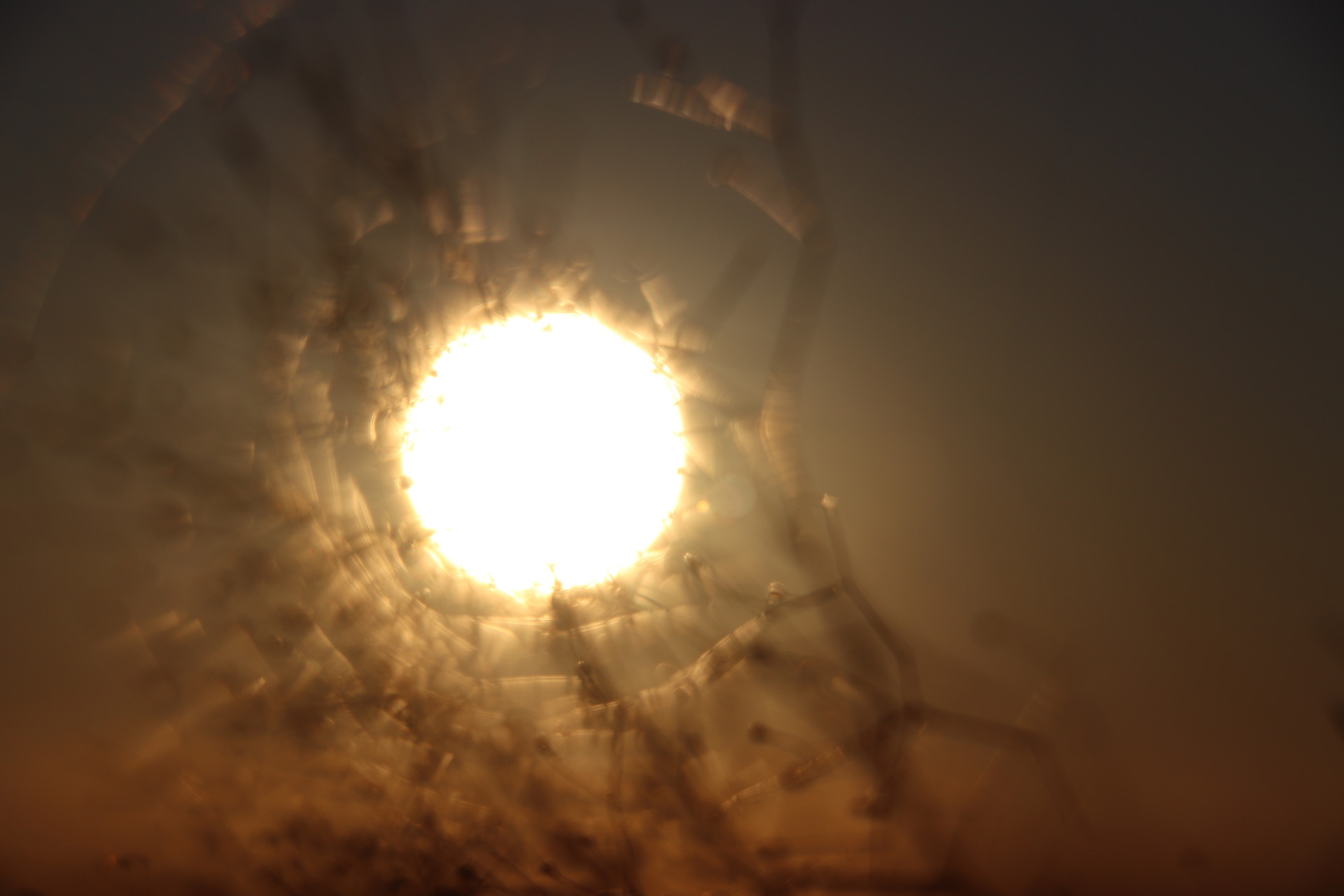
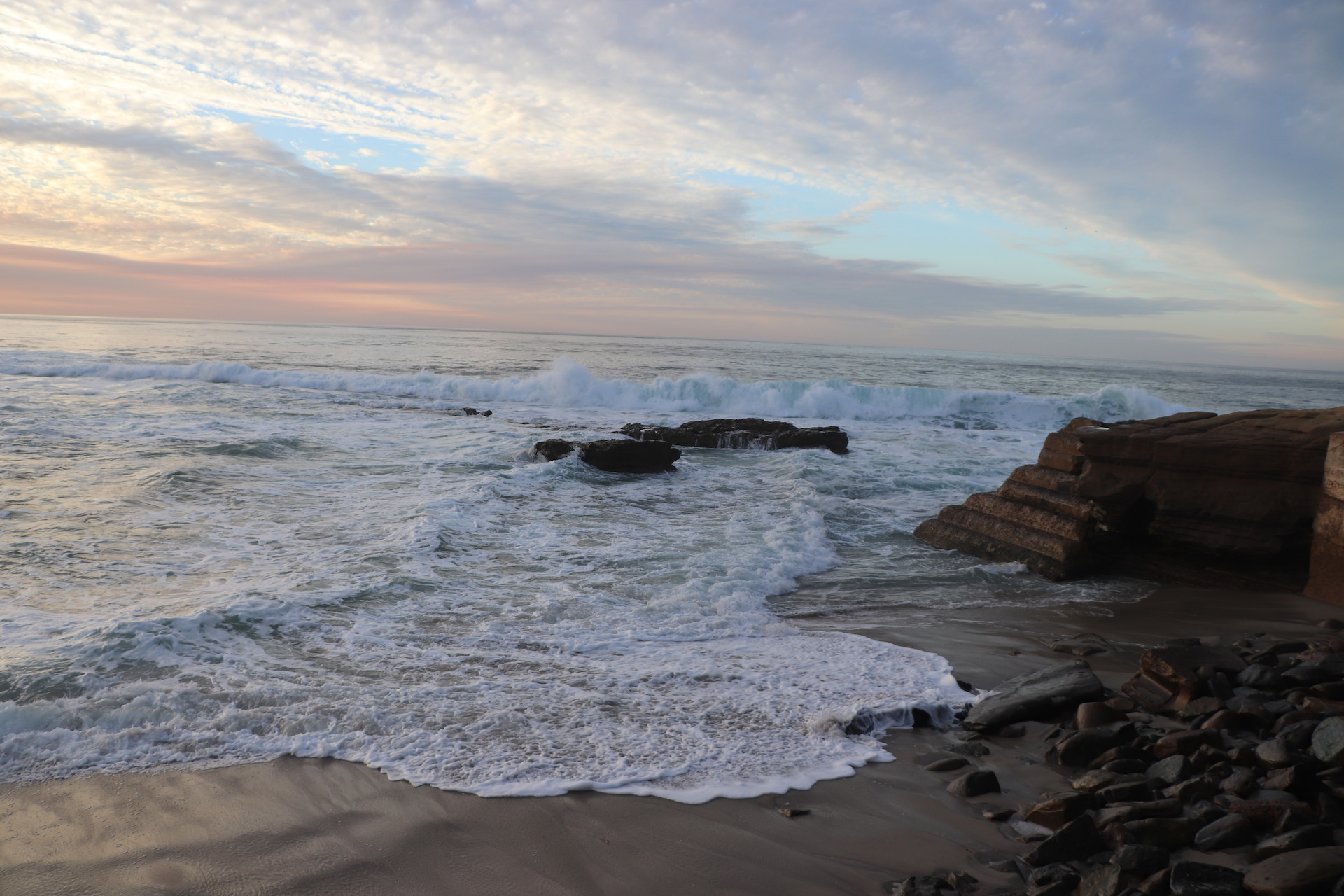

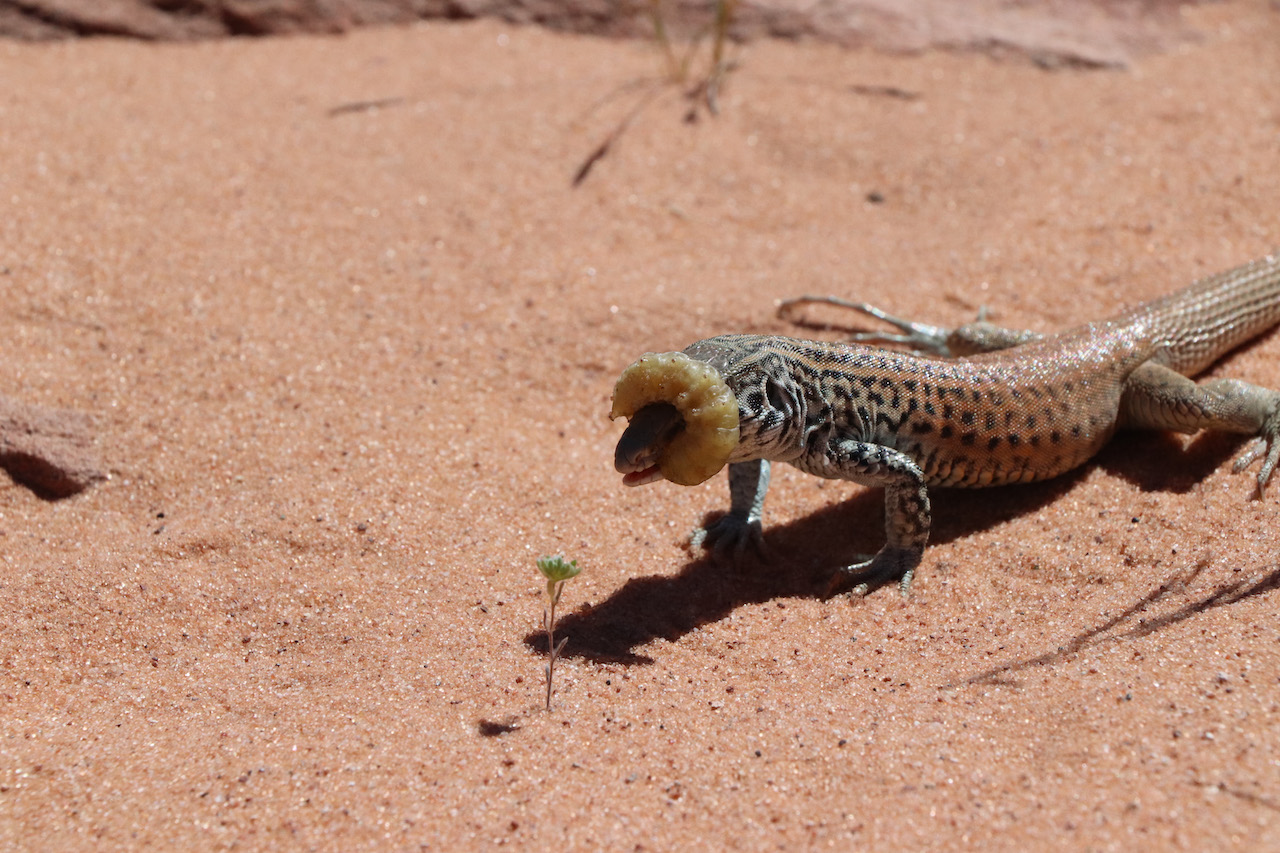


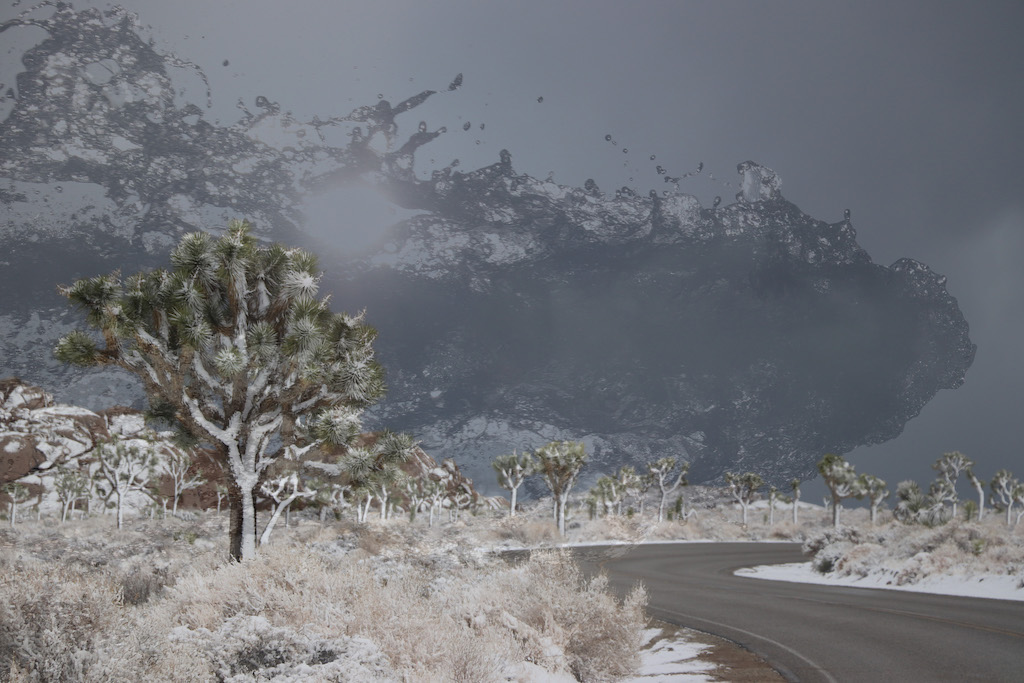
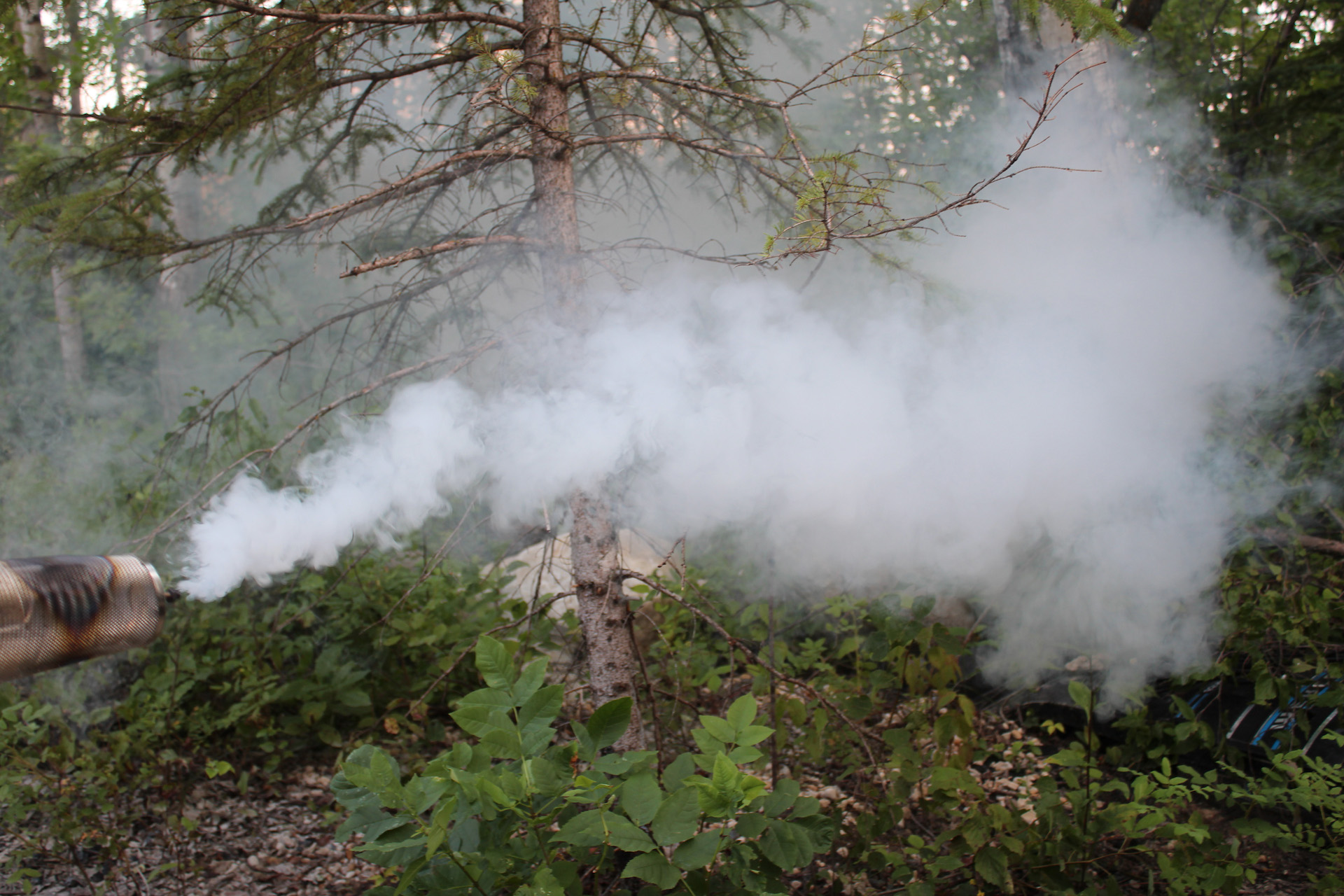

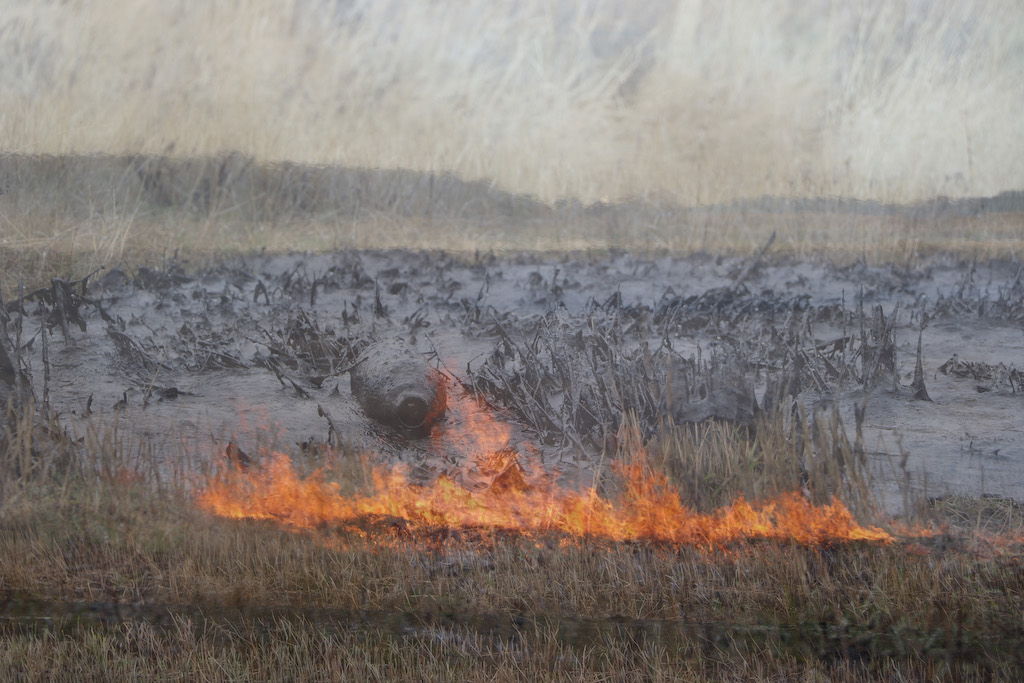


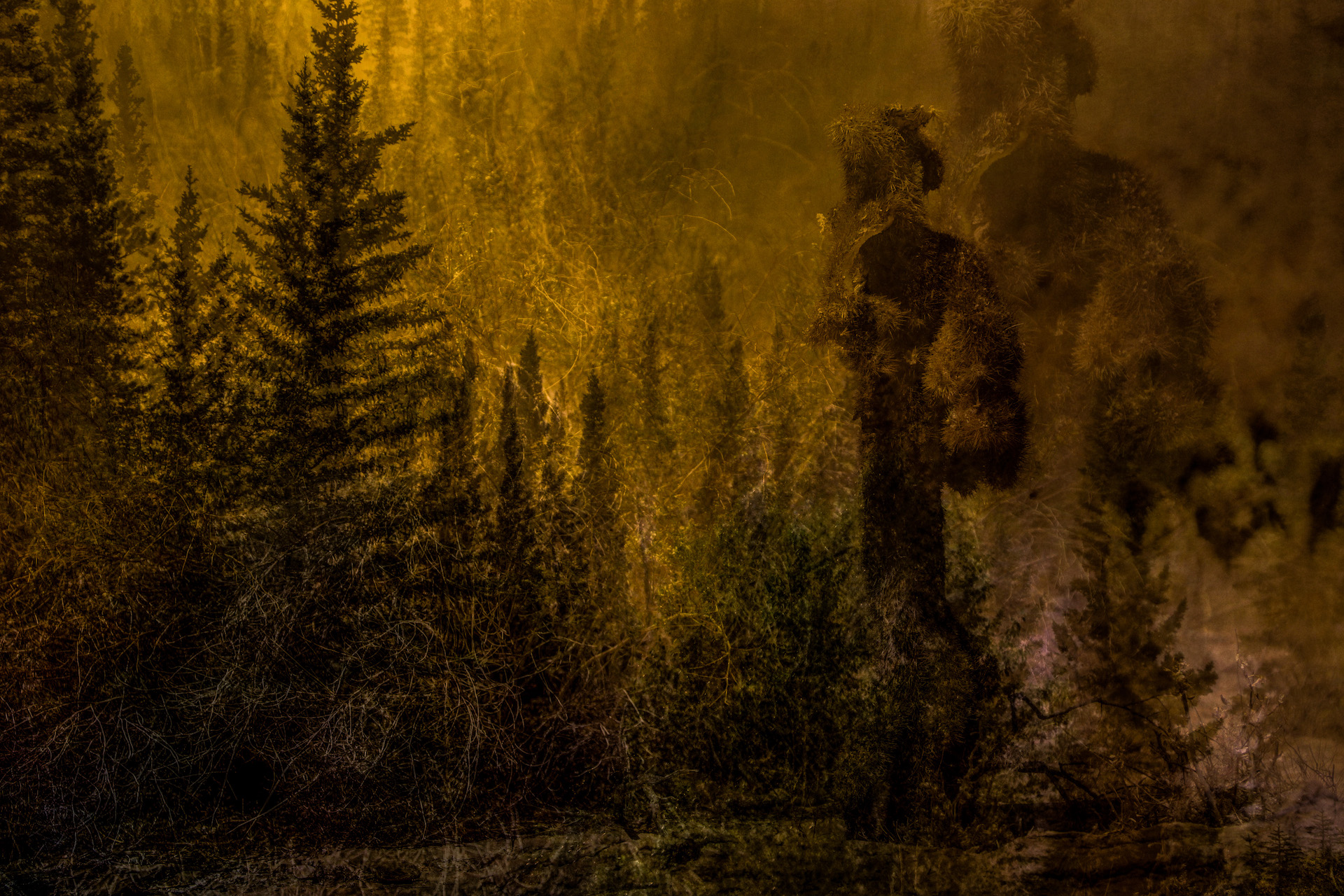
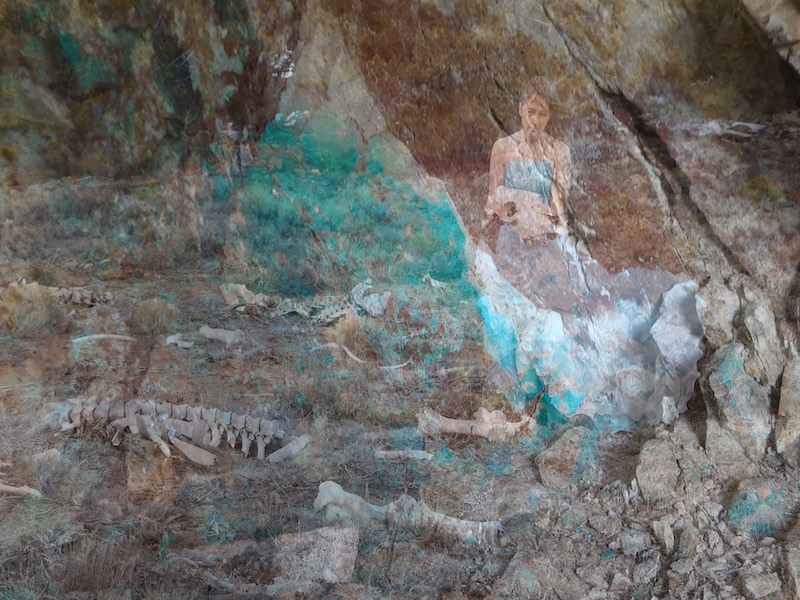
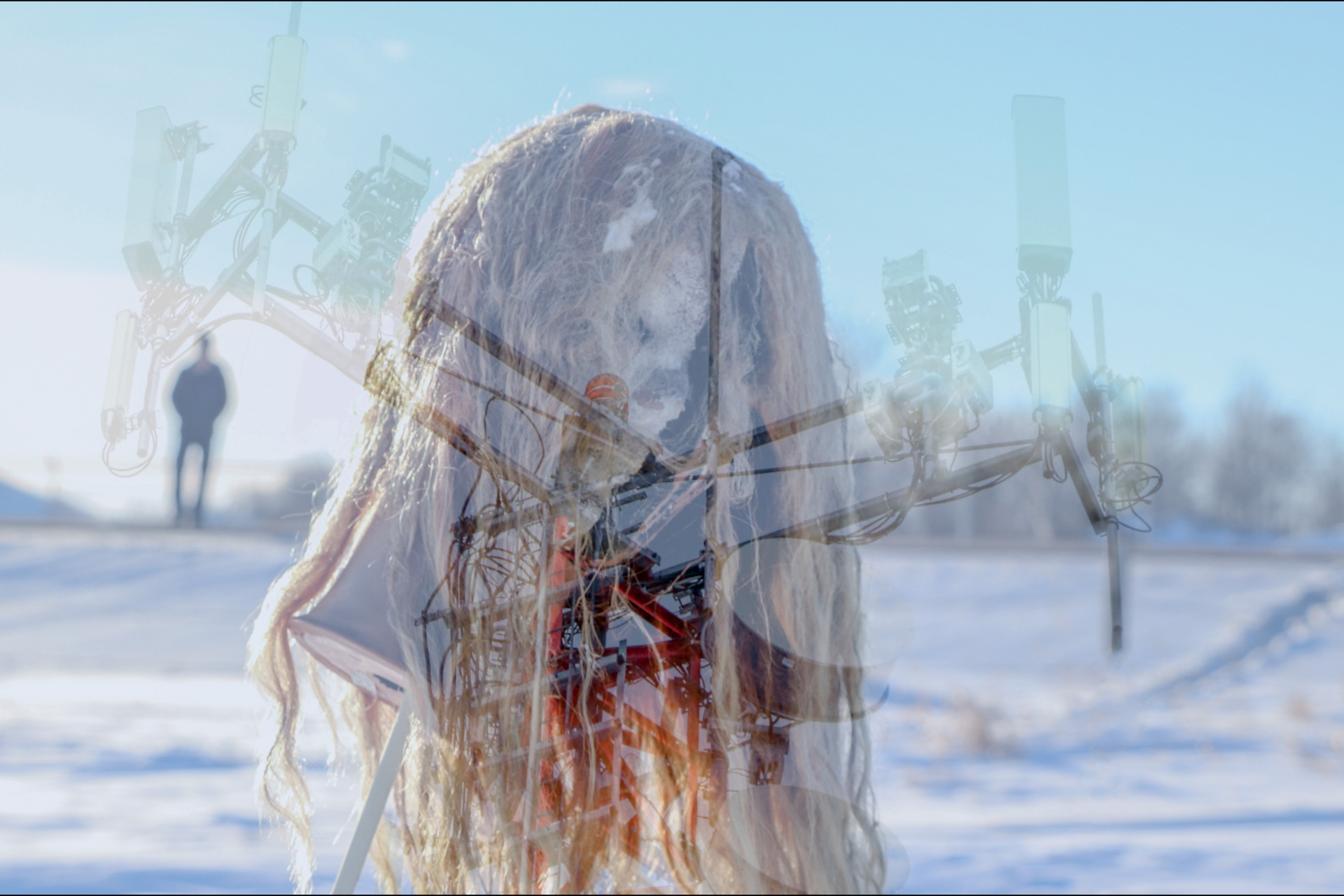
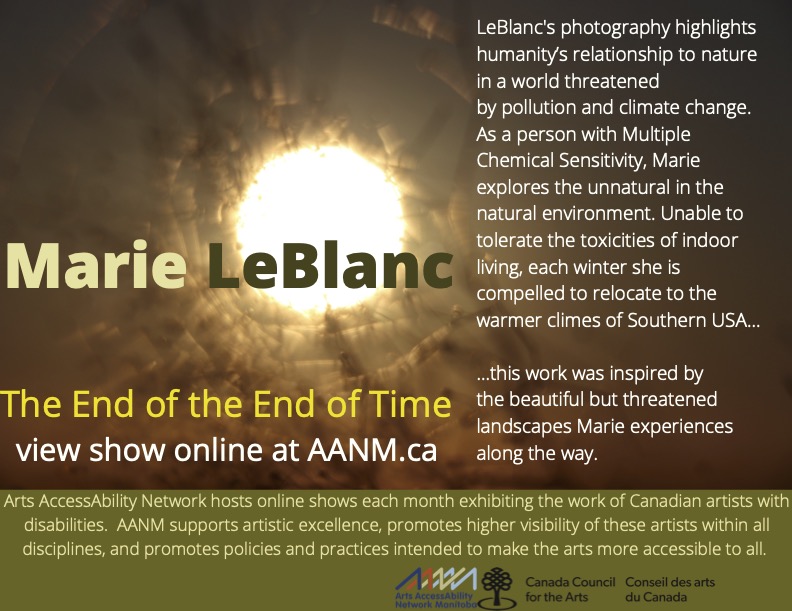
Very powerful and haunting images Marie–fabulous job!
Thoughtful exhibition with intriguing compositions. Old Bones and Diner is Closed are the most poinient for me.